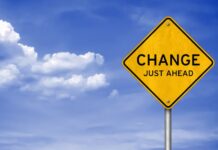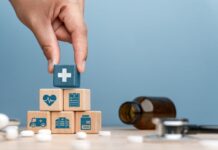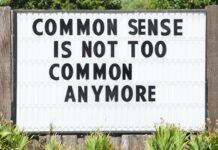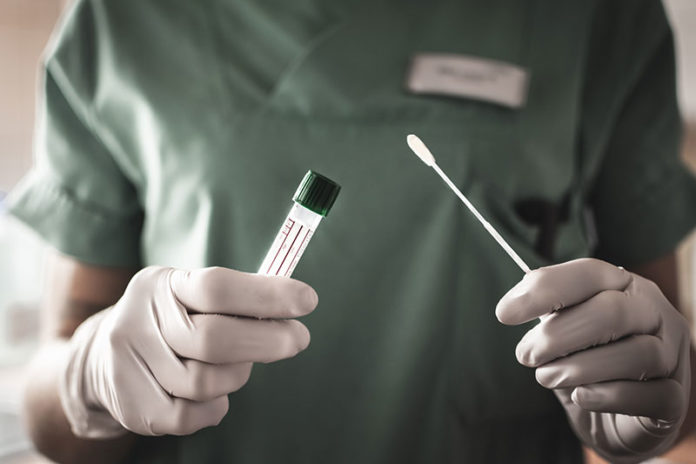The defining characteristic of the current national mood is profound uncertainty. We don’t how widespread the new coronavirus is. We don’t know who may have it. The lack of information is a huge obstacle to resuming normal life.
Donald Trump has reservations about the expansion of testing for the disease because it raises the quantity of known infections. “If we did very little testing, we wouldn’t have the most cases,” he said Wednesday. “So, in a way, by doing all of this testing, we make ourselves look bad.”
With Trump, of course, optics are everything. In March, he didn’t want a cruise ship with some ill passengers to disembark in California because it would boost the number of confirmed U.S. cases. “I like the numbers being where they are,” he said. “I don’t need to have the numbers double because of one ship that wasn’t our fault.” It was like trying to cure a fever by breaking the thermometer.
This is just one of the many realities that the president doesn’t understand about the pandemic. After backtracking on his plan to disband the White House Coronavirus Task Force, he tweeted that it would continue in operation but “focus on safety & opening up our country again” as well as “Vaccines & Therapeutics.”
What does that leave out? Testing. But a massive expansion of testing is the surest, safest way to speed our return to something resembling life as we knew it.
A vaccine could take years to develop, and any big improvements in treatment may require time-consuming clinical trials to ensure safety and effectiveness. But testing could greatly reduce the need for them by greatly reducing transmission. And we know it could be deployed on a vast scale right away because other countries have already done it.
The South Korean government responded to the pandemic by pushing private companies to quickly mass-produce test kits. “Korean officials opened 600 testing centers and pioneered the use of drive-through testing stations to reduce face-to-face contact indoors,” reported Derek Thompson in The Atlantic, and “these pop-up centers offered patients 10-minute tests without forcing them to leave their cars.”
The results have been extraordinary. South Korea, with a population of 51 million, has recorded only 256 deaths from the disease – compared with nearly 76,000 in the United States. What’s more, it achieved this low number without lockdowns – allowing factories, theaters and restaurants to stay open.
Testing is valuable in this fight for two big reasons. The first is that it facilitates the quarantining of everyone who tests positive. The second is that it allows tracing of those with whom they have come in contact, so that they can be tested promptly.
But it has another virtue: giving people who test negative the confidence to mingle with others who also test negative. Even if routine dental visits were allowed, Nobel Prize-winning economist Paul Romer explained in an interview with The New Yorker, “I don’t want to go back to the dentist’s office in New York City until I know that he can show me a recent negative test, and he doesn’t want me to come into his office until I can show him that I’ve got a recent negative test.” As soon as both can get tested, they can proceed without much worry.
Once tests are easily accessible, the fear of contagion will subside. Friends and relatives will feel comfortable getting together without masks and social distancing. Employees will be more willing to go back to work knowing their co-workers have tested negative. Restaurants, gyms and airlines might be allowed to operate without onerous restrictions by accepting only customers who can show recent confirmation that they are uninfected.
This method isn’t foolproof, because someone can test negative on Monday and contract the virus on Tuesday. But frequent testing on a mass scale would greatly reduce the chance that someone would unknowingly expose others.
The federal government could come out ahead by putting money into making tests available at low cost to all. The recent shutdowns have cost trillions of dollars in government outlays and lost economic activity. If the federal government spent $100 billion to make tests available, as Romer suggests, it would recoup its investment many times over in a short time.
Trump fears that more testing will make him look bad, but he’s mistaken. Done enough, it could do him and the rest of us a lot of good.































